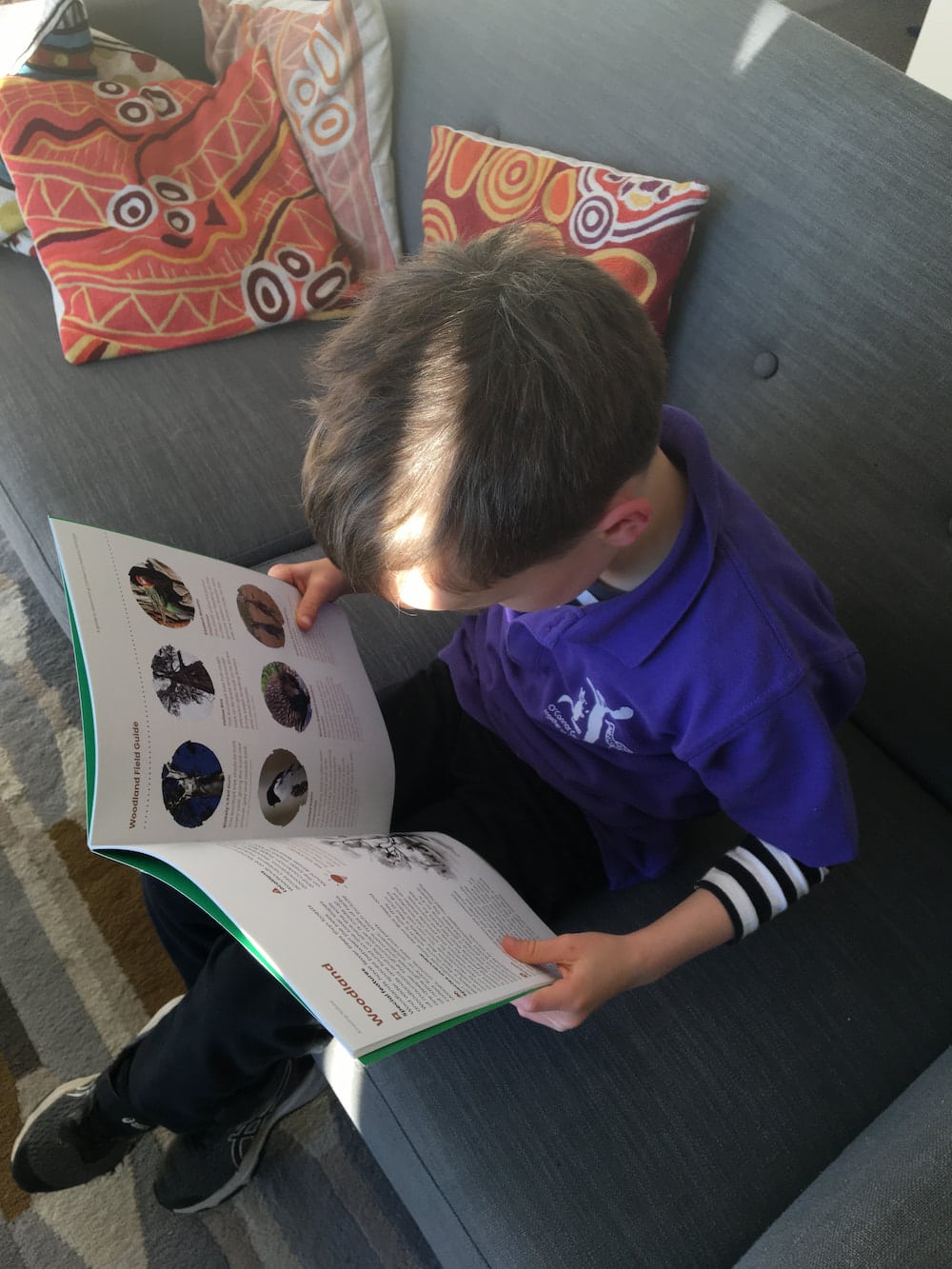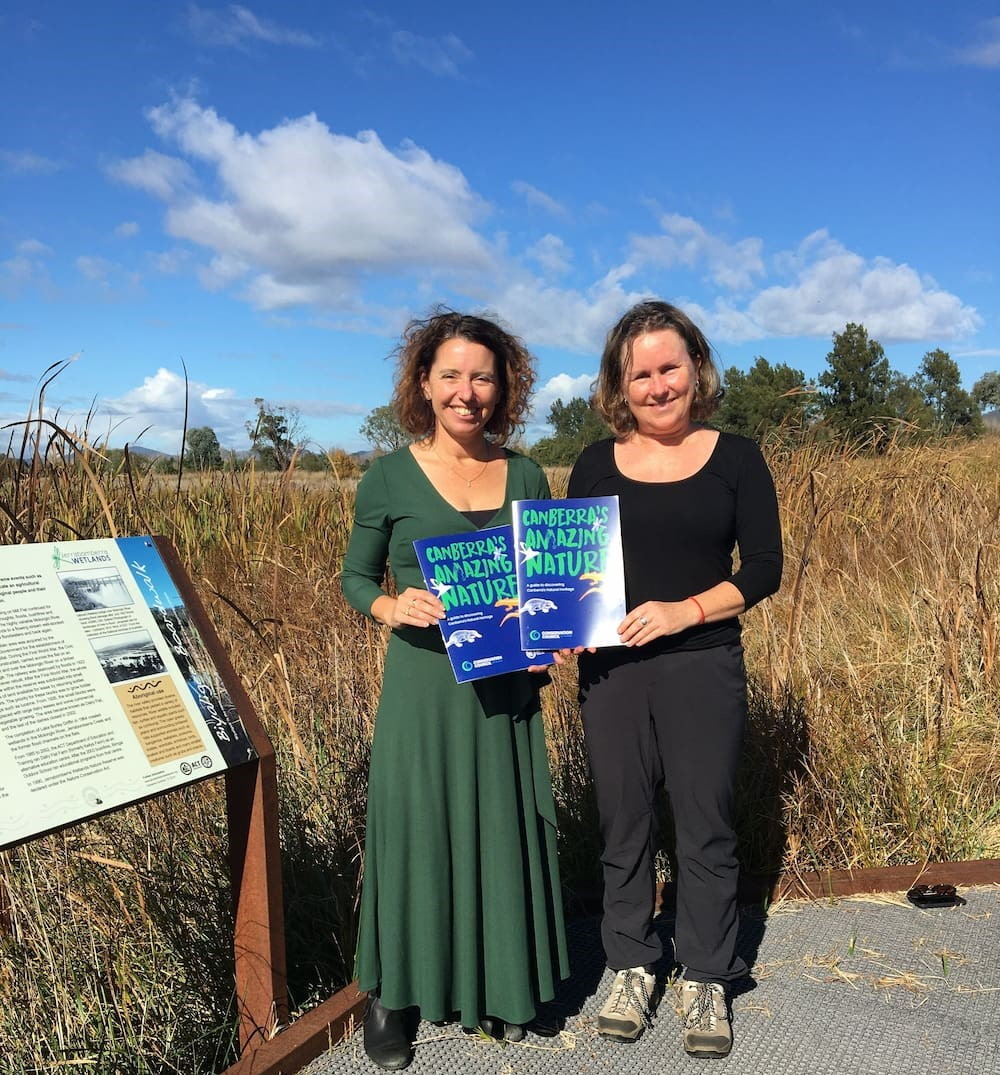Canberra children can find out more about the capital’s wildlife and environment thanks to a new guide published this week.
Canberra’s Amazing Nature, focussing on Canberra’s natural and cultural heritage, will be distributed to schools. The guide is published by the Conservation Council ACT Region, with support from the ACT Government.
Conservation Council executive director Helen Oakey said the guide would help young people and their families learn more about Canberra’s ecosystems and species, and the bioregion we live in.
“Canberrans are lucky to live so close to nature, and we know that many people appreciate its value,” Ms Oakey said.
Designed to appeal to upper-primary school students, it includes an overview of the region’s ecosystems and a field guide to species in their habitats – including our own backyards. It also talks about threats to the environment, and suggests ways children and their families can protect their local environment, such as by making a bee hotel, frog pond or lizard lounge.
“Young people care about the environment – just look at the number of students who participate in School Strikes 4 Climate,” Ms Oakey said. “In fact, growing awareness of climate change helps build a better understanding of our natural environment.
“While we humans can engineer our environment to cope with climate change (such as air-conditioning to keep cool, or desalination plants to provide fresh water), plants and animals cannot, so it’s important to build resilience in our natural environment.”
Environmental threats included exotic plants and animals; pollution of air, land and water; destruction of ecosystems for new developments; and climate change, Ms Oakey said.

She hoped the guide would be a useful resource for students learning about the environment and sustainability, and that it would be a resource for Canberra students for many years to come.
ACT Minister for the Environment and Heritage, Rebecca Vassarotti, welcomed the publication.
“Canberra’s natural and cultural heritage is for everyone to enjoy, both now and for future generations,” Ms Vassarotti said.
“Young people are often seen as passive inheritors of our heritage, when in fact, they can identify and protect heritage, and can become strong advocates for the future.
“I look forward to seeing the Conservation Council’s Heritage Guide inspire more young people to explore and enjoy Canberra’s rich natural and cultural heritage.”
For more news:



